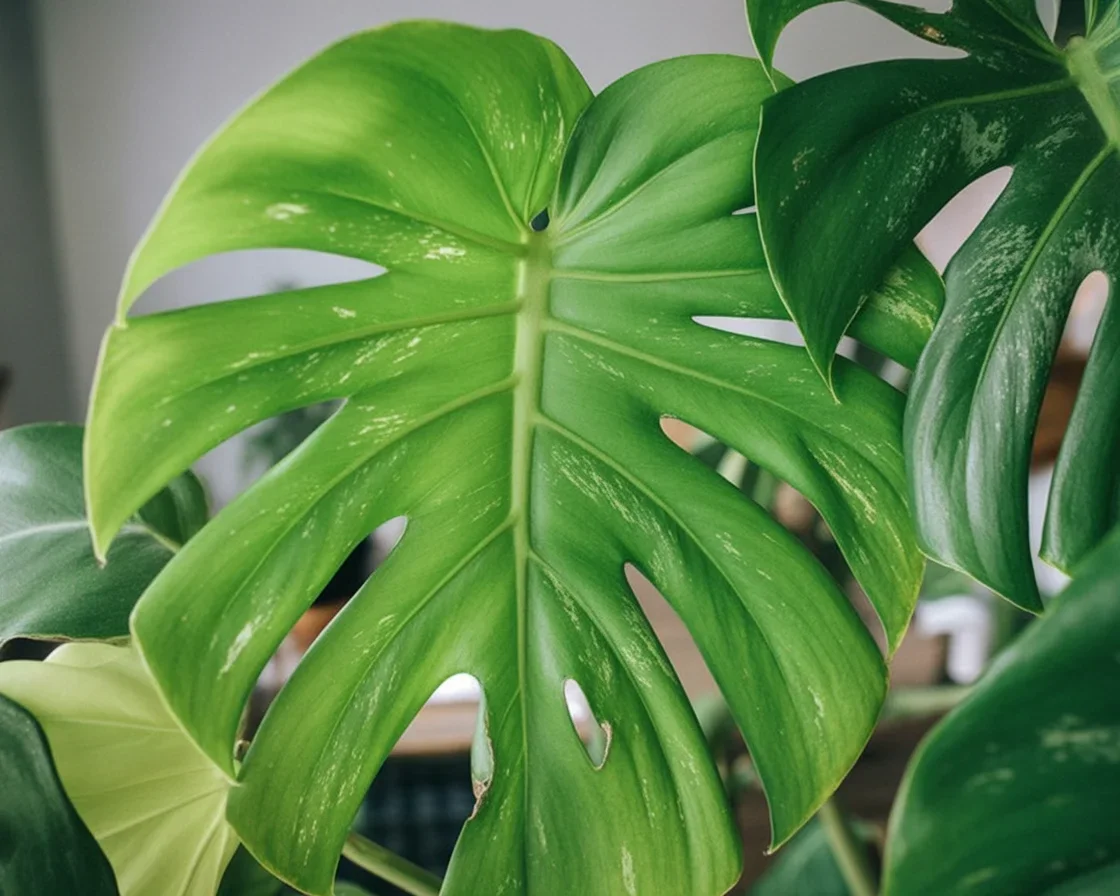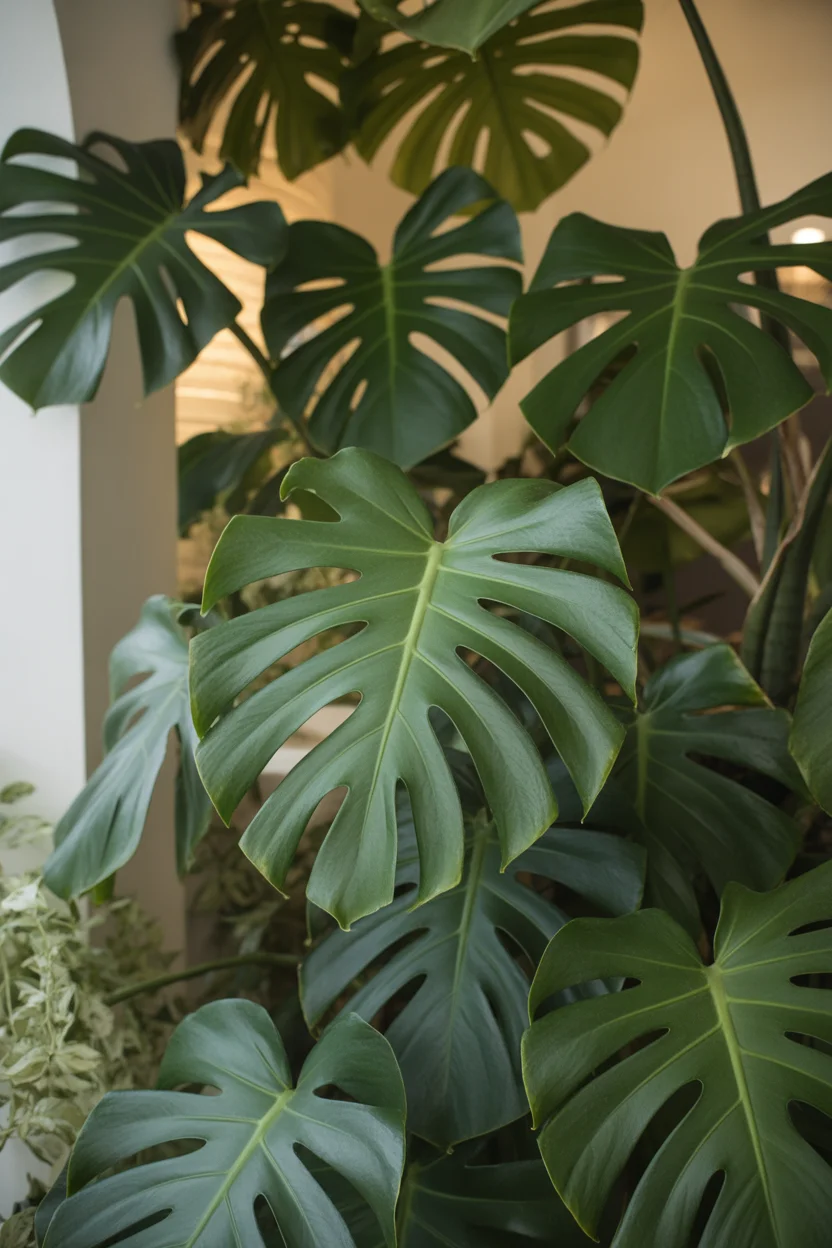Ever walked into a stuffy, lifeless room and thought, wow, this needs something? Me too. Adding common indoor plants is the easiest (and honestly, cheapest) fix I’ve found that just zaps some fresh energy into your space. Trust me, you don’t need to be a botanist. There are houseplants that won’t croak if you forget them for a week. If you love quirky greenery, check out these cool indoor bamboo plants for low light or the surprisingly fun project of growing huge tomato plants indoors. Your living room will thank you.
Table of Contents
The Benefits of Houseplants
Let’s be real. Houseplants are kind of like having a secret weapon for better living. They clean the air (my nose swears by it), boost your mood, and—get this—make you look like you’ve got your life together, even if you’re just winging it like the rest of us. Studies say having plants around can help reduce stress and might even improve how well you think. I mean, who doesn’t want to feel like their brain works better just by watering a fern? Plus, when friends pop over, your place just oozes a cozy, alive vibe, you know? Once I added a couple pothos and a snake plant, my apartment went from meh to “wow, do you have a decorator?” For more on how certain houseplants can totally transform your air and décor, pop over to indoor plants for clean air and beautiful decor. 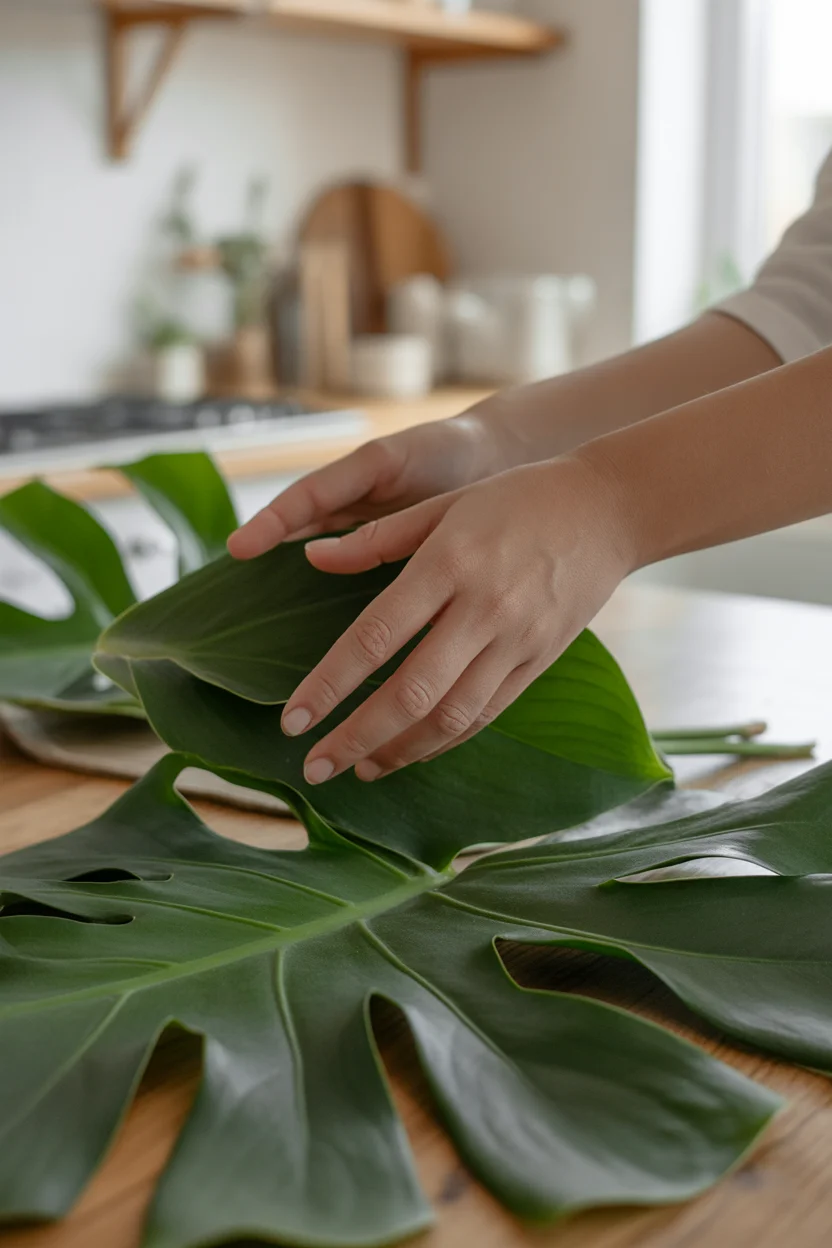
How to Choose the Right Houseplant for Your Space
Don’t just grab the first green thing you see, please. Picking the right plant for your spot is actually kinda important (learned that the hard way after frying a maidenhair fern in direct sun—R.I.P.). First up: where do you want it? Some plants love a window, others are cool sitting in a dark corner for months. Also, how much, uh, “plant patience” do you have? If you’re the forgetful type (I see you), look for something that doesn’t act like a diva. If you want to go bold or add color, there’s a whole jungle out there—you can even find some crazy options on this colorful indoor plants guide. Just remember, light and water are kind of a big deal, but not all plants need the same amount. Match the plant with the room and your own habits. Promise, it’s way less complicated than it sounds. 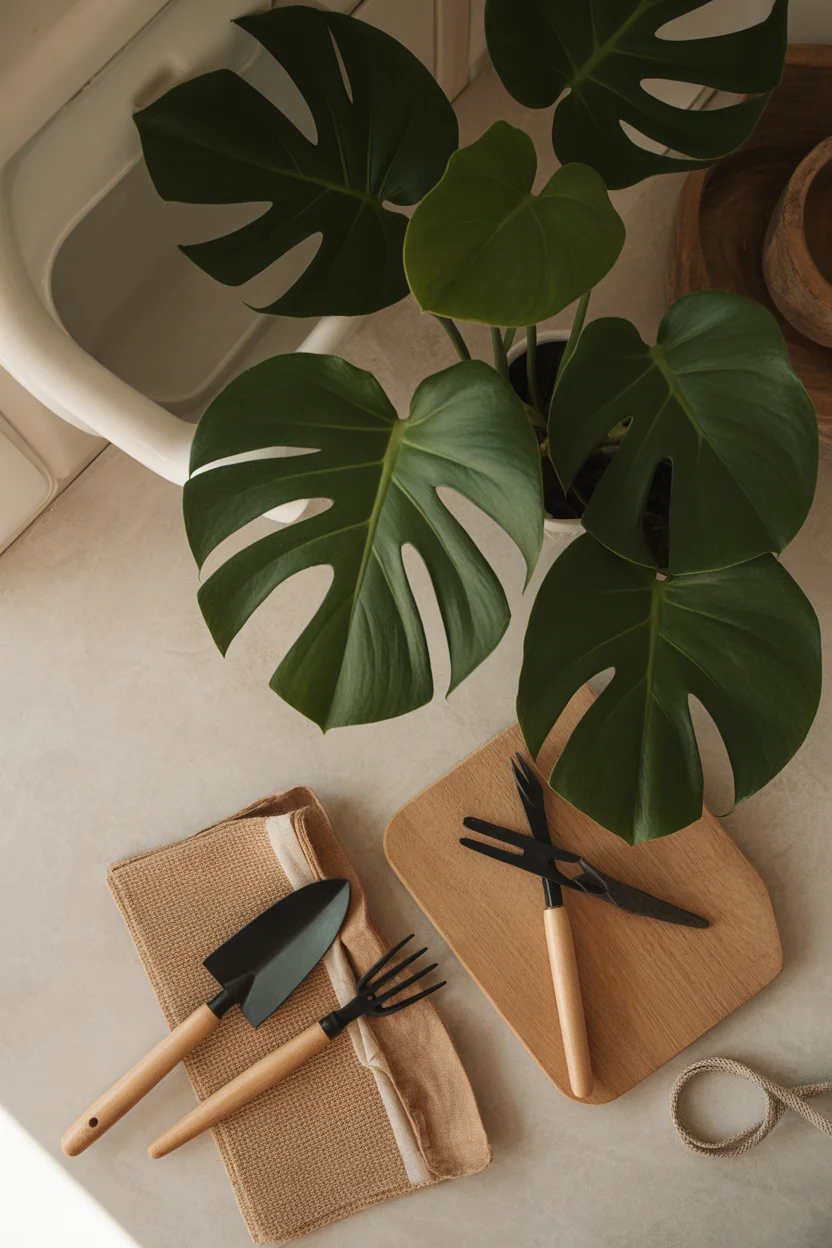
Top 10 Delightful Common Indoor Plants to Brighten Your Space (Easy care for Beginners)
Nothing says “self care” quite like a green friend that thrives on neglect. Okay, mild exaggeration, but not all houseplants are drama queens.
Taking care of indoor plants doesn’t have to be hard. Some plants are super low-maintenance, perfect for beginners or busy folks. These green buddies clean your air, lift your mood, and make your home feel cozy—without much effort at all. If you’ve ever forgotten to water a plant or had one turn brown overnight, don’t worry. These 10 indoor plants are known for being tough, forgiving, and beautiful.
1. Snake Plant (Sansevieria)
- Why it’s great: This plant is like a superhero—it’s nearly impossible to kill.
- Light: Loves bright light but survives in low light too.
- Water: Only needs water every few weeks.
- Look: Tall, pointy green leaves with yellow edges. Very modern and clean-looking.
- Bonus: Cleans the air while you sleep!
2. Pothos (Epipremnum aureum)
- Why it’s great: Super flexible—thrives in bright or low light.
- Water: Water when the top inch of soil is dry.
- Look: Long trailing vines with heart-shaped leaves. Comes in green, golden, or white-variegated types.
- Bonus: Grows fast and easy to propagate (make new plants from cuttings).
3. ZZ Plant (Zamioculcas zamiifolia)
- Why it’s great: Tolerates low light and doesn’t mind if you forget to water.
- Water: Every 2–3 weeks is plenty.
- Look: Thick, waxy, dark green leaves that shine like plastic.
- Bonus: Can live in corners with almost no sunlight.
4. Spider Plant (Chlorophytum comosum)
- Why it’s great: Bounces back fast from neglect and grows baby plants.
- Light: Bright, indirect light is best.
- Water: Once a week or when the soil feels dry.
- Look: Long, thin striped leaves that arch out like a fountain.
- Bonus: Fun to hang in baskets and great for kids to learn plant care.
5. Peace Lily (Spathiphyllum)
- Why it’s great: It tells you when it’s thirsty (leaves droop)—then perks up fast.
- Light: Low to medium light (but blooms better in brighter spots).
- Water: About once a week.
- Look: Glossy dark leaves and pretty white flowers.
- Bonus: One of the best air purifiers for indoor spaces.
6. Aloe Vera
- Why it’s great: Easy to grow and helpful if you get a sunburn!
- Light: Loves bright, indirect sunlight (even some direct).
- Water: Every 2–3 weeks—likes dry soil.
- Look: Spiky, green leaves filled with soothing gel.
- Bonus: Medicinal plant that’s handy in the kitchen or bathroom.
7. Philodendron Heartleaf (Philodendron hederaceum)
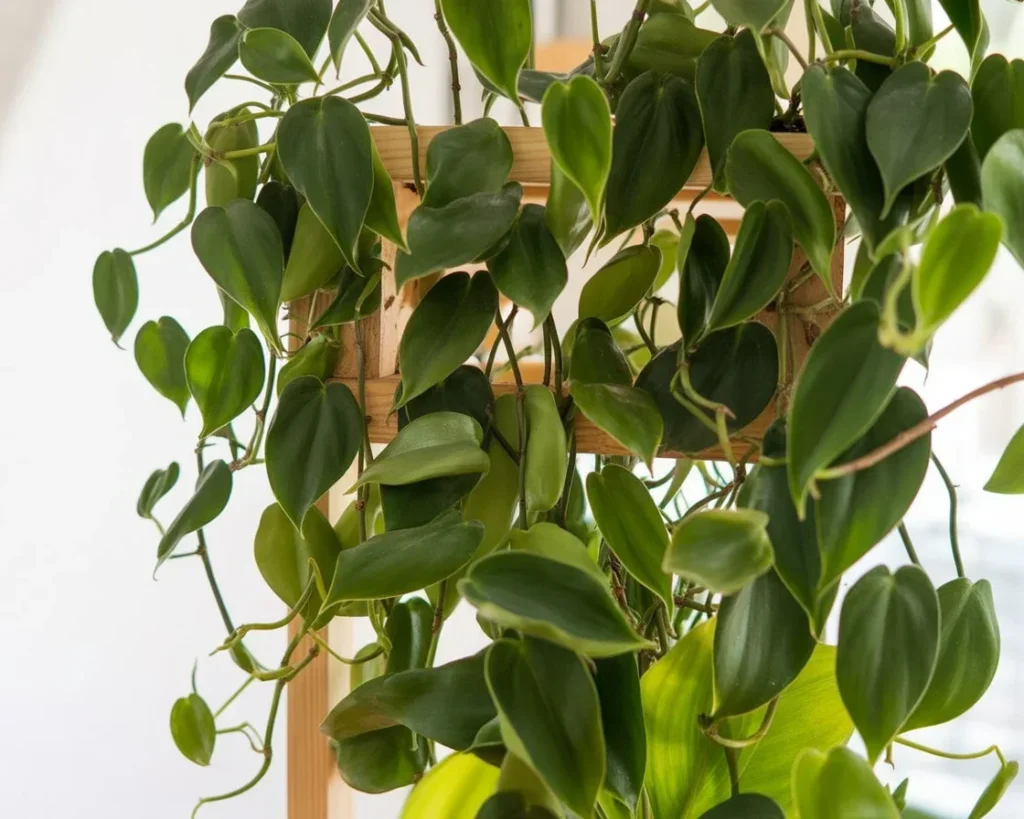
- Why it’s great: Super adaptable and loves to climb or trail.
- Light: Low to medium light.
- Water: Once the top inch of soil is dry.
- Look: Heart-shaped, deep green leaves on trailing vines.
- Bonus: Very beginner-friendly and easy to grow indoors.
8. Rubber Plant (Ficus elastica)
- Why it’s great: Looks fancy but doesn’t ask for much.
- Light: Bright, indirect light is best.
- Water: Every 1–2 weeks.
- Look: Big, shiny dark green or burgundy leaves.
- Bonus: Grows tall if you want a statement floor plant.
9. Chinese Evergreen (Aglaonema)
- Why it’s great: Tolerates low light and poor air. Very forgiving.
- Light: Low to medium light (avoid direct sun).
- Water: Let the soil dry a bit between waterings.
- Look: Colorful leaves with shades of silver, red, or pink.
- Bonus: Adds color without needing flowers.
10. Cast Iron Plant (Aspidistra elatior)
- Why it’s great: Named for being tough—almost indestructible!
- Light: Low to moderate light.
- Water: Water occasionally; this plant doesn’t like soggy roots.
- Look: Long, deep green leaves that grow straight up.
- Bonus: Lives for years and handles dark corners and temperature changes well.
Start with one or two of these easy-care plants. As you gain confidence, you’ll learn what they like, and you might even become a full-on plant parent!
With these guys, you can almost try to make a mistake and they’ll still look good. Water when dry, give ‘em some light if you can, and they’ll be your loyal green crew. After killing my first cactus (still don’t know how), I found snake plants and pothos nearly indestructible. If you love that easygoing green vibe, check out more choices on small green living indoor plants for a green home. 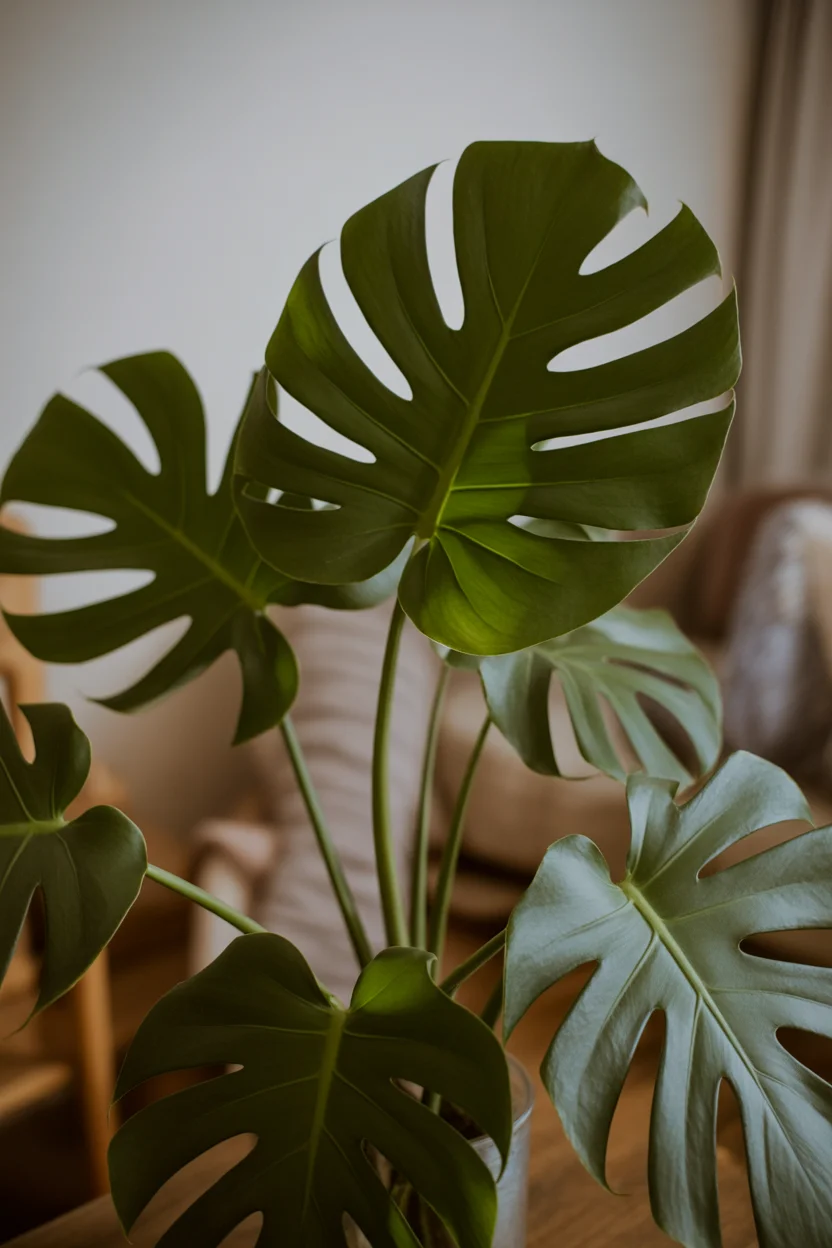
“I was convinced I couldn’t keep anything alive, but my pothos survived three road trips and being shoved behind the sofa for a month. Now I have seven. Oops.” – Jamie, plant parent since 2021
Unique and Uncommon Houseplants to Consider
If you’re like me, and “basic” just isn’t in your vocabulary, there are a bunch of not-so-ordinary houseplants that’ll spice things up. Try a Goldfish Plant, which actually looks like it sprouted tiny orange fish (best conversation starter at parties, no joke). Or go for a Staghorn Fern, which feels outrageously prehistoric, like a dino hiding on your wall. I once tried a Pitcher Plant—yeah, the bug-eating kind. Why settle for plain old green blobs when you could have spikes, blooms, or colors that would make a parrot jealous? By the way, check out the guide on how to grow and care for tropical pitcher plants if you’re feeling brave. Just remember, some of these will want a slightly different approach (humidity, anyone?), but honestly, it’s totally worth it for bragging rights.
Common Houseplant Care Tips
Alright, plant care can sound super overwhelming, but it’s mostly about not doing too much. I used to hover over my plants—literally, checking them all the time—but most of them want you to just chill. Water less than you think! Wait until the soil’s dry an inch down (stick your finger in if you’re not sure). Don’t forget, light is huge. No sunny window? No problem, some indoor houseplants are just fine in shade. Dust the leaves now and then—it helps them “breathe.” Also, repot every year or two, because roots get seriously squished. Oh, and if you’re obsessed with watering styles (or want to show off), check out these indoor watering tips. The secret, though? Don’t overthink it. Some plants are more patient than your neighbor’s cat, promise.
What is the most common indoor house plant?
Hands down, the pothos wins this crown. You’ll see it in dentist offices, coffee shops, dorms—heck, probably your grandma’s bathroom. It’s hardy, looks lush, and grows like it’s constantly on a caffeine high. You can stick cuttings in water or soil, and boom, endless vines. The best part? It forgives you for, well, almost every beginner mistake. Keep it somewhere with a bit of light (but not blasting sun) and water when the top inch is dry. Easy peasy. If you want to branch out a little, browse these common indoor beauties, too.
Ready, Set, Grow! Your Plant Journey Starts Now
Alright, so bringing common indoor plants into your home is not rocket science. Even total beginners (me included, once!) can turn a boring room into a five-star plant haven with just a touch of effort. Whether you go for the tough-as-nails snake plant or splurge on a show-off orchid, you’ll notice the difference right away. Still hungry for more ideas? Have a browse at this round-up of 15 Common Houseplants Perfect for Your Home as more inspo for your new plant obsession. Looking for advanced tips? Dive into expert guides like The Spruce’s indoor plant care or get extra stylish with apartment therapy’s houseplant design ideas. Now, go forth and make your home a green paradise—you’ll be so glad you did. 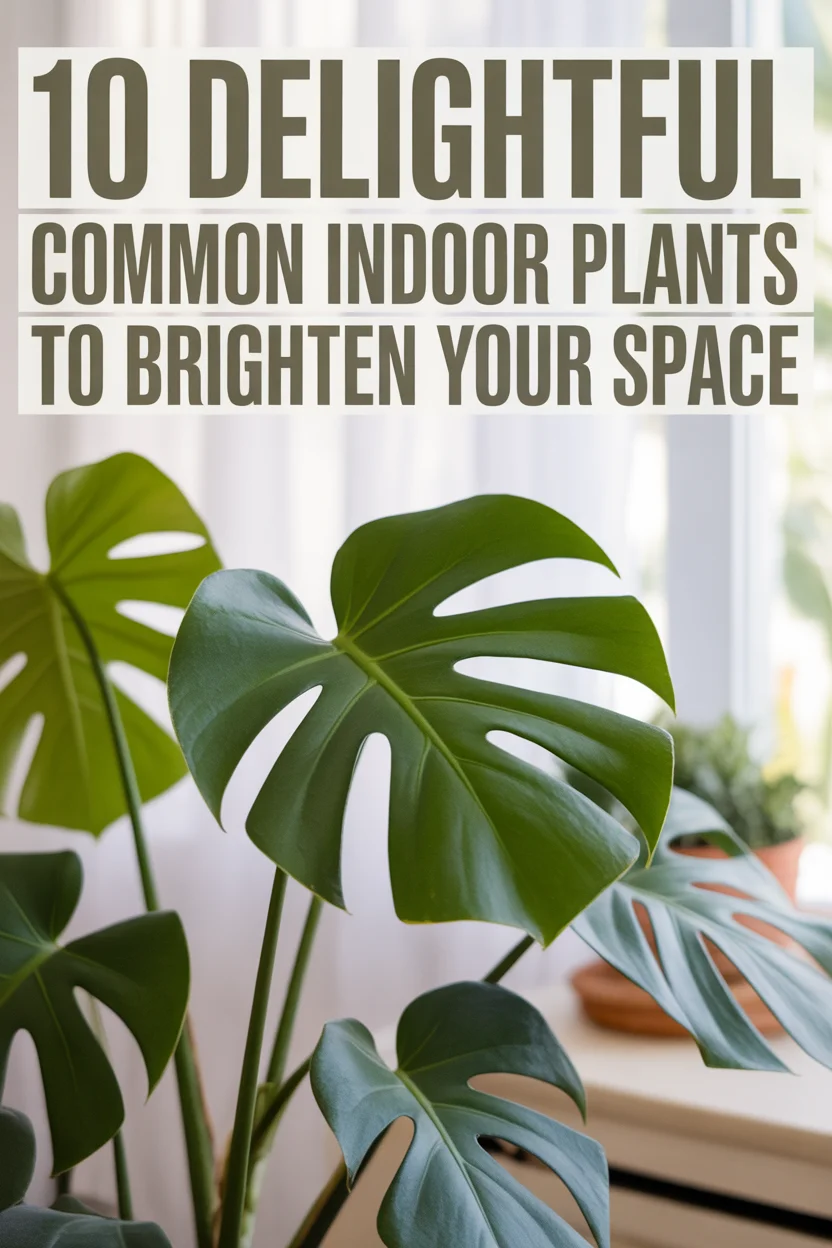
Common Questions
How often should I water my houseplants?
Depends on the plant and the season. Most like a good soak only after the soil’s dry at the top. In winter? Go easy.
Can I put my houseplants outside for a bit?
For sure, just avoid direct hot sun or chilly wind. A porch or shaded balcony is usually a safe move.
My plant’s leaves have brown tips—is it dying?
Probably not! It’s often just dry air or over-fertilizing. Trim the brown, try misting, and ease up with the plant food.
Are houseplants safe for pets?
Some are, some aren’t. If you’ve got curious pets (like my cat, the serial plant nibble-r), stick to pet-safe options from this guide.
